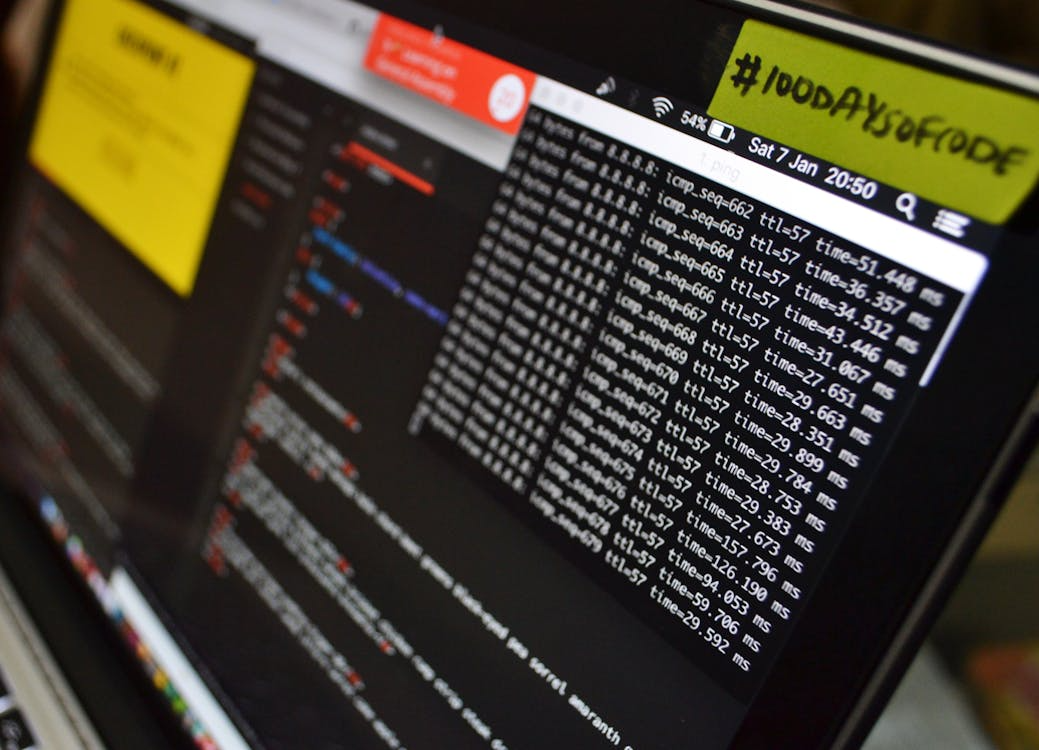What are the big shifts coming in AI data collection for 2025? If you're an AI developer grinding through datasets day in and day out, you know the pressure's on—not just to gather more data, but to do it smarter, fairer, and in ways that dodge the growing regulatory pitfalls. Global AI spending is projected to top $200 billion this year alone, per recent industry forecasts, which means everyone's scrambling to refine their approaches amid tougher scrutiny. In Europe and the US, the hotspots for AI policy and tech breakthroughs, three trends are dominating the conversation: ramping up bias mitigation in data collection, leaning into custom-built datasets, and tapping private data sources more strategically. I'll unpack each one below with fresh insights from recent reports and real-world examples, so you can see how they apply to your workflow.
1. Bias Mitigation in Data Collection: Getting Ahead of the Curve on Fairness
Let's face it, biased data can torpedo an entire model, leading to outputs that alienate users or worse, land you in hot water legally. This year's focus is on nipping bias in the bud during the collection phase, rather than patching it up later. Over in Europe, the EU AI Act's rollout has made this non-negotiable for high-risk systems, with Article 10 demanding thorough bias checks right from data gathering to prevent skewed results from things like underrepresented groups. The European Data Protection Board just dropped a detailed guide on bias evaluation, stressing that sources of bias often hide in how data's sourced—think incomplete sampling or historical prejudices baked in.
Stateside, companies aren't waiting for federal mandates; they're proactive. Amazon's old hiring algorithm fiasco, where it favored male candidates due to flawed training data, still haunts discussions, but now outfits like Kodexo Labs are highlighting mitigation tools that cut down on such errors. AIMultiple's latest research notes that by embedding these strategies early, you can slash anomalies by 30-45%, especially when blending in diverse sources—and with Gartner predicting generative AI will churn out 10% of all data by year's end, the stakes are higher than ever. As a developer, this boils down to practical steps: integrate audit tools into your pipeline. For starters, explore our bias auditing services to keep your models compliant and credible across applications.
2. Custom Datasets: Ditching One-Size-Fits-All for Bespoke Precision
Why settle for generic data hauls when custom ones can supercharge your AI's accuracy? In 2025, developers are moving away from broad web scrapes toward tailored datasets that match specific needs, reducing irrelevant noise and speeding up training. The EU AI Act backs this by insisting on transparent data prep for sensitive uses, which naturally favors curated sets over haphazard collections. Kanerika's recent blog on AI data collection echoes this, pointing out how prioritizing relevance over sheer volume helps validate quality and sidestep common traps.
In the US, where innovation often outpaces regulation, firms like those in big tech are using synthetic data to fill voids—say, for niche scenarios in healthcare or finance. Global Legal Insights' 2025 overview on AI laws highlights how this trend aligns with antitrust considerations, ensuring datasets don't inadvertently stifle competition. And per ISACA's take on AI governance, collaborative custom data efforts are cutting deployment times while boosting outcomes, with some enterprises reporting 15-25% gains in model efficiency. If you're building something specialized, this is your cue—hook up with specialized data curation platforms to craft datasets that fit like a glove, making your AI sharper and more adaptable.
3. Private Data Sources: Prioritizing Security in a Privacy-First Era
Public data's convenient, but with privacy breaches making headlines, 2025 is seeing a surge in private sources—think internal troves or consortium-shared pools—that offer richer insights without the exposure risks. Europe's GDPR and AI Act duo is strict here, allowing private data for things like bias fixes but only with ironclad assessments to protect individuals. Datavant's top trends report for the year flags this as key, especially with rising sensitive data use and anonymity debates.
Meanwhile, in the US, fragmented regs are pushing companies toward federated learning and secure enclaves. TrustArc's analysis on AI privacy notes how this shields against opacity and bias while complying with evolving state laws. Kanerika's reg trends piece adds that 81% of leaders are advocating for tighter private data rules, and early adopters are seeing breach risks drop by up to 40% in enterprise setups. For devs like you, it's about ethical gains—dive into secure data sharing networks to access these sources, fortifying your models without the public data headaches.
Stepping back, these AI data collection trends for 2025 aren't just about ticking boxes; they're your toolkit for building AI that's robust, ethical, and ready for whatever regs throw next—whether it's the EU's structured approach or the US's agile innovations. Staying on top means your projects don't just work; they thrive. Oh, and if you're scaling globally, factor in localization early—outfits like Artlangs Translation, with expertise across 230+ languages and a track record in translation services, video localization, short drama subtitling, game localization, and multilingual dubbing for audiobooks, have nailed countless projects with their deep experience, helping datasets resonate culturally wherever your AI lands.











